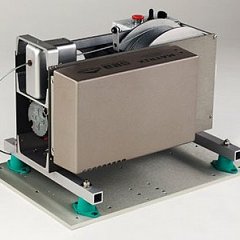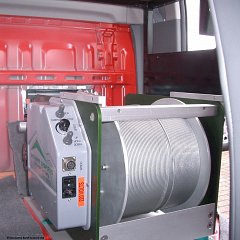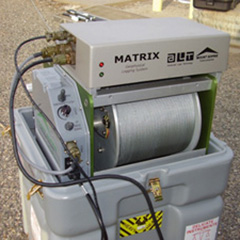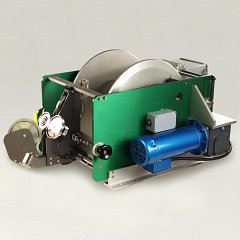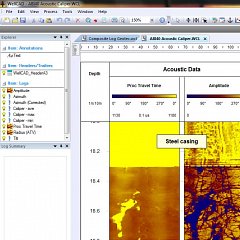QL40-OBI2G-UV
from Mt Sopris
Part of the Optical televiewer range, the QL40-OBI2G-UV probe allows the user to not only capture the visible light images of the soil and lithologies within a borehole, but also allows the capture of High sensitivity Ultra Violet images of the subsurface. The probe produces a 365 nm UV LED light as it is lowered into the borehole, which emits a sapphire window/ interface into the soil.
The still images are captured at 30 fps in order to detect the UV induced fluorescence of light in non -aqueous phase liquids (i.e. Anthracene). When operating this system the user, the OIP interface, FI6000 instrument and a laptop are needed, these components will allow the collection of EC data, rate of penetration, area of fluorescence (%) and optical power content (%) to be collected.
This instrument has been recently used to try and determine the relationship between % fluorescence and fluid concentration of different petroleum fuels. The results showed that diesel fuels have greater fluorescence (% area coverage) than gas or crude oil (i.e more than 10%) within saturated silica rich sand. This optical televiewer was able to detect these concentrations using the CMOS camera, which is capable of capturing pixel by pixel images, to a 24 bit RGB true color and 1800 azimuth resolution.
The Q40-OBI2G-UV can be applied to a variety of environmental , geological and hydro-geological studies to assess the hazard and risks posed by non-aqueous liquids in subsurface materials, enabling the user to laterally and horizontally track the migration of these fluids.
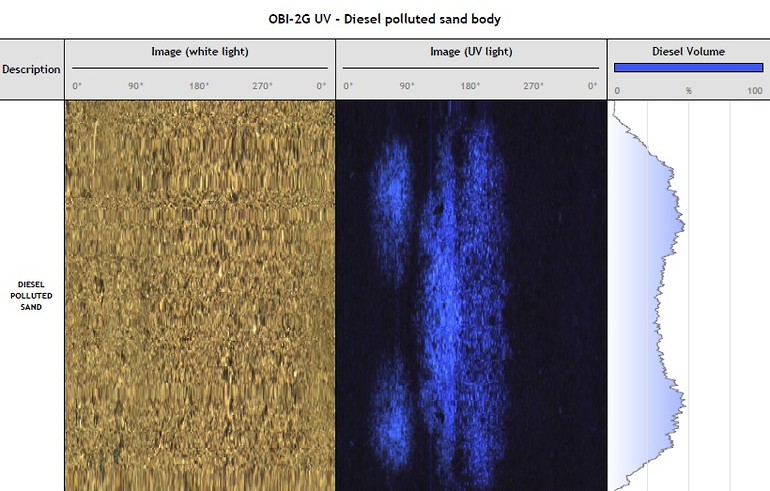
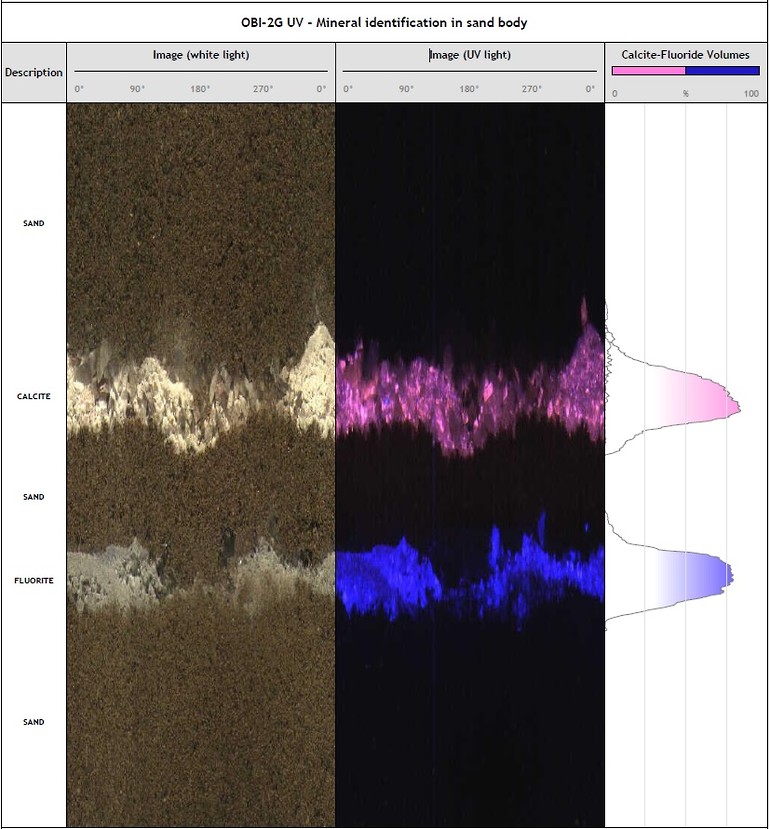
Operating Conditions
W - Water √
M - Mud
D- Dry √
S - Steel √
P - PVC Borehole √
UC- Uncased √
*Centralization is not required, it can only operate in clear water or dry conditions
Product Dimensions
| Physical | Dimensions (L x W x H) | Weight |
|---|---|---|
| QL40-OBI2G-UV (instrument only) | 1.47 m x x | 5 kg |
Technical Specifications
| UV Wavelength: | 365nm-UVA |
|---|---|
| Image Sensor: | CMOS 1/3 inches Digital Sensor |
| Resolution: | 24 Bit RGB true colour and 1800 pixel azimuthul resolution |
| Precision: | 3 axis accelerometer and magnetometer |
| Optimal Operating Temperature: | 70°C |
Data Sheet
- QL40-OBI2G-UV Datasheet (PDF)

